Blog
Explore the Power of Lithium Innovation
Stay updated with the latest trends, technologies, and application insights in the world of lithium battery solutions
Search the whole station
Explore the Power of Lithium Innovation
Stay updated with the latest trends, technologies, and application insights in the world of lithium battery solutions
Part of any solar installation plan is figuring out how many solar panels a home requires, whether to include a battery storage system, and what the battery capacity should be. This involves several factors and careful planning.
The first step is calculating the average daily electricity consumption of the household. This can be done by reviewing recent electricity bills, noting the monthly usage, and dividing it by the number of days in the month.
Example: If a household consumes 300 kWh per month, the daily average would be:
300 kWh ÷ 30 days = 10 kWh/day
This daily figure is the foundation for all further calculations.
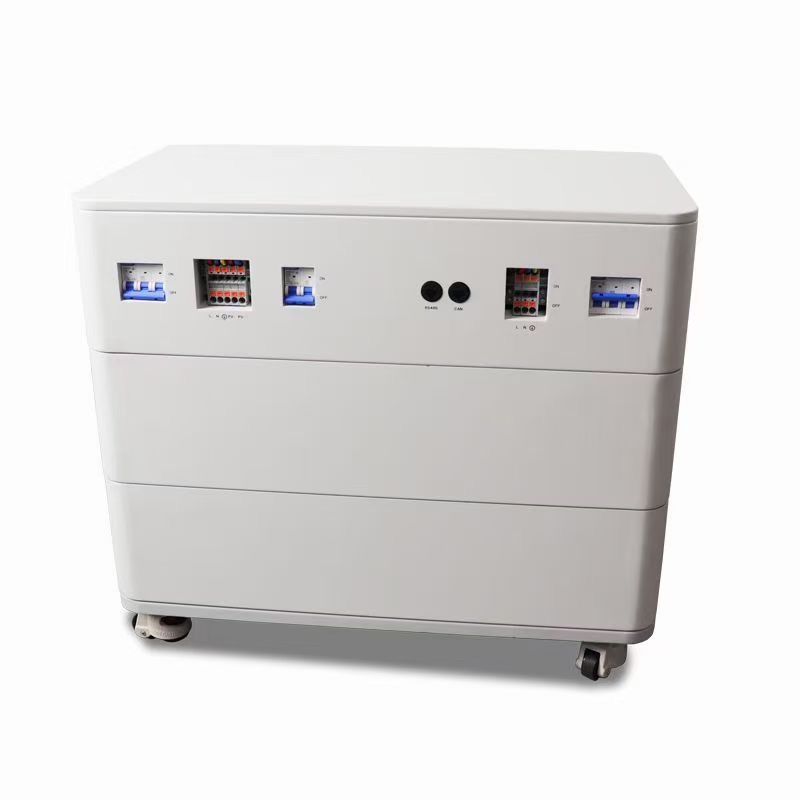
The efficiency of solar panels determines how much sunlight they can convert into electricity. Most commercial panels today fall in the 20%–25% efficiency range. For calculation purposes, let’s assume a panel with 20% efficiency.
The number of effective sunlight hours varies by location, so it’s important to check local solar resource data. For example, if a region receives an average of 4 effective sunlight hours per day, this will directly influence system design.
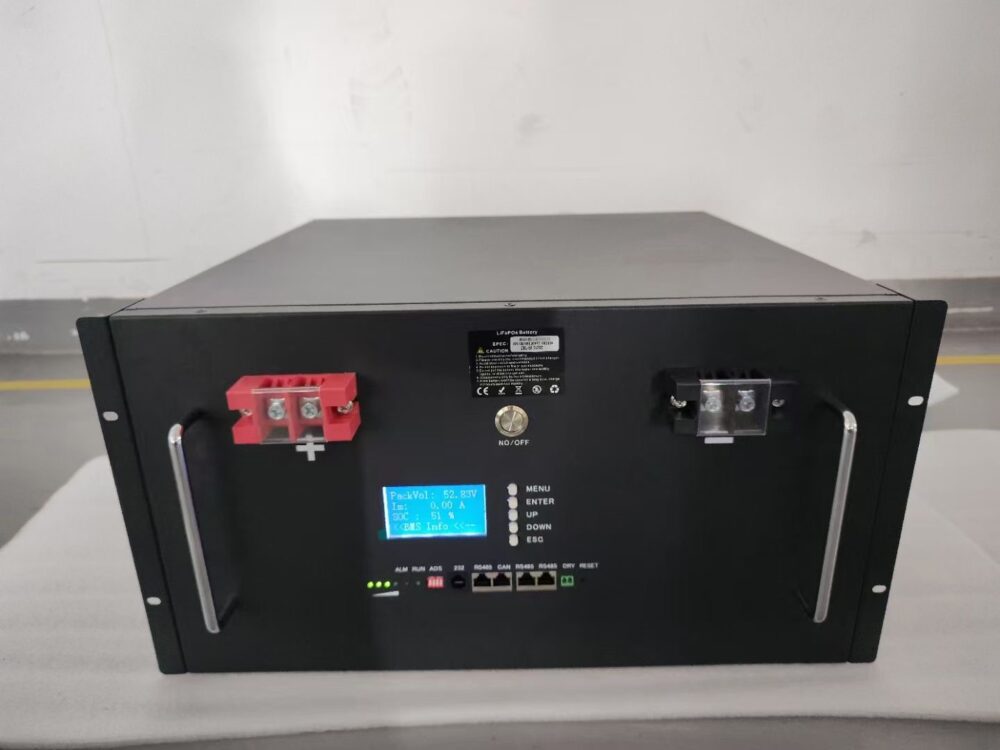
With daily household energy needs and local sunlight data, we can calculate the system size required.
If each panel is rated at 300W and actual usable output is around 60W (300W × 20%), then:
2.5 kW (2500W) ÷ 60W ≈ 42 panels
This is only an estimate. Real installations must also account for panel angle, wiring configuration (series vs. parallel), efficiency losses, and possible future demand increases.
If you plan to include a battery storage system, capacity should match daily usage and the desired backup period.
For example, if daily household consumption is 10 kWh and you want one full day of backup, you’ll need about 12 kWh of storage to allow for depth of discharge and future growth.
Battery efficiency also matters. Lithium batteries typically operate at 85%–95% efficiency. Assuming 90% efficiency, the battery will need more energy input to fully charge.
To charge a 12 kWh battery at 90% efficiency:
12 kWh ÷ 90% ≈ 13.33 kWh
With 4 hours of effective sunlight per day:
13.33 kWh ÷ 4 hours ≈ 3.33 kW system size
Using panels with 60W actual output:
3.33 kW (3330W) ÷ 60W ≈ 56 panels
A complete solar system is more than just panels and batteries. You’ll also need inverters, charge controllers, and other components to ensure safe and stable operation.
Other factors include:
Because so many variables are involved, it’s strongly recommended to consult a professional engineer during planning and installation. A detailed system design tailored to your home will maximize performance, efficiency, and long-term savings.
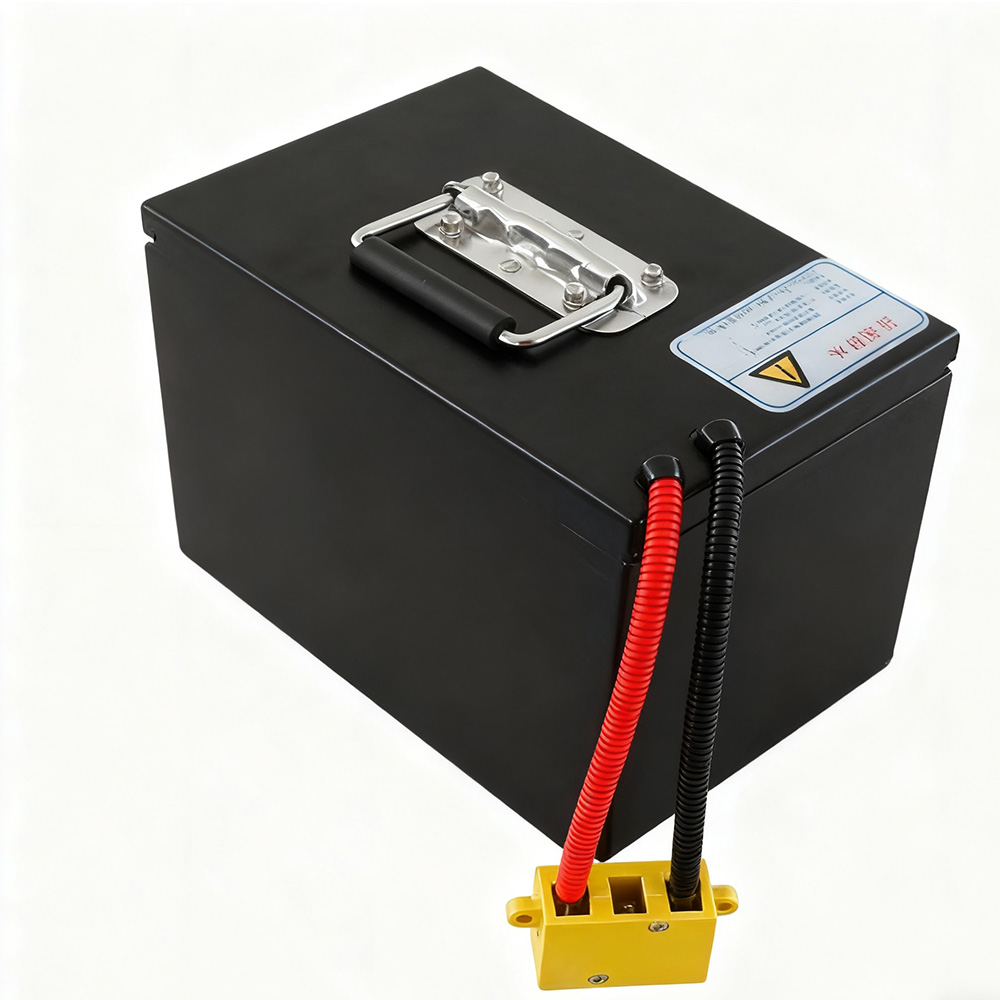
48V LiFePO4 Battery with 46.5Ah–100Ah options. Up to 2000 cycles, wide temperature range (-20°C~60°C), IoT GPS smart features, and 3-year warranty. Perfect for e-bikes, electric vehicles, and home energy storage.

wholesale 3.2V 280Ah LiFePO4 lithium iron phosphate battery cells by Apsen Technology. Durable prismatic design with explosion-proof valve, ideal for EVs, solar storage, and industrial applications.
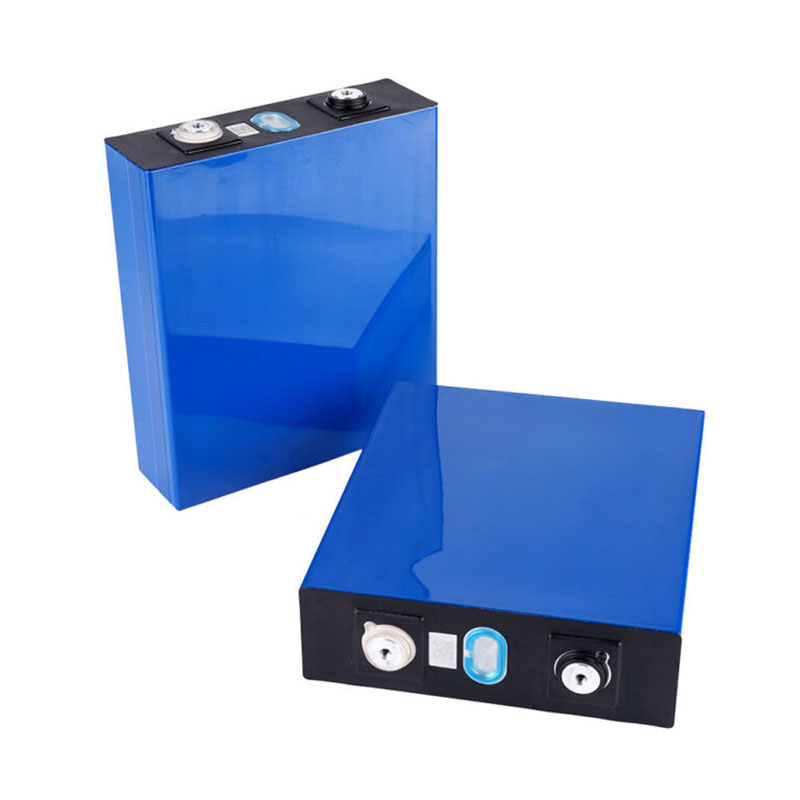
Buy wholesale 3.2V 80Ah LiFePO4 lithium iron phosphate battery cells by Apsen Technology. Safe, long-lasting prismatic cells ideal for electric vehicles, renewable energy storage, backup power, and industrial equipment.
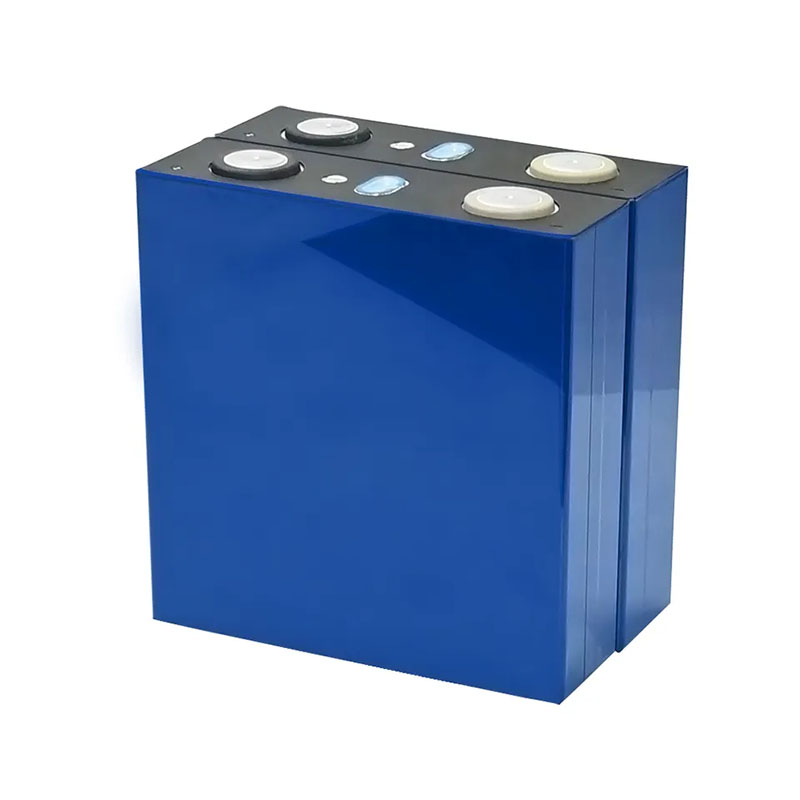
wholesale 3.2V 160Ah LiFePO4 battery cells by Apsen Technology. Durable, safe, and long-lasting lithium iron phosphate cells with low internal resistance, ideal for electric vehicles, solar energy storage, and home backup power systems.
Discover the key UAV battery types—Li-Po, Li-ion, LiFePO4, and hydrogen fuel cells—and learn how to select the ideal power solution for endurance, safety, and flight performance across drone applications.
View detailsExplore the features, applications, and advantages of 2200mAh 18650 lithium-ion batteries. Learn how Apsenx ensures safety, reliability, and high performance for industrial, smart home, and consumer devices.
View detailsLearn how to safely build a DIY lithium battery pack for electronics, scooters, or renewable energy projects with this easy-to-follow guide.
View detailsLithium-ion batteries power most of the devices we use every day—from laptops and smartphones to cameras and power tools. With demand rising, picking the right manufacturer is more than just a matter of cost. It can affect your device’s safety, p...
View details
HelloPlease log in